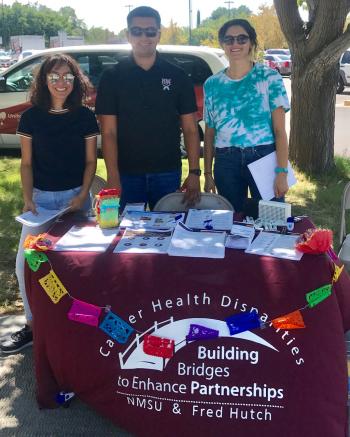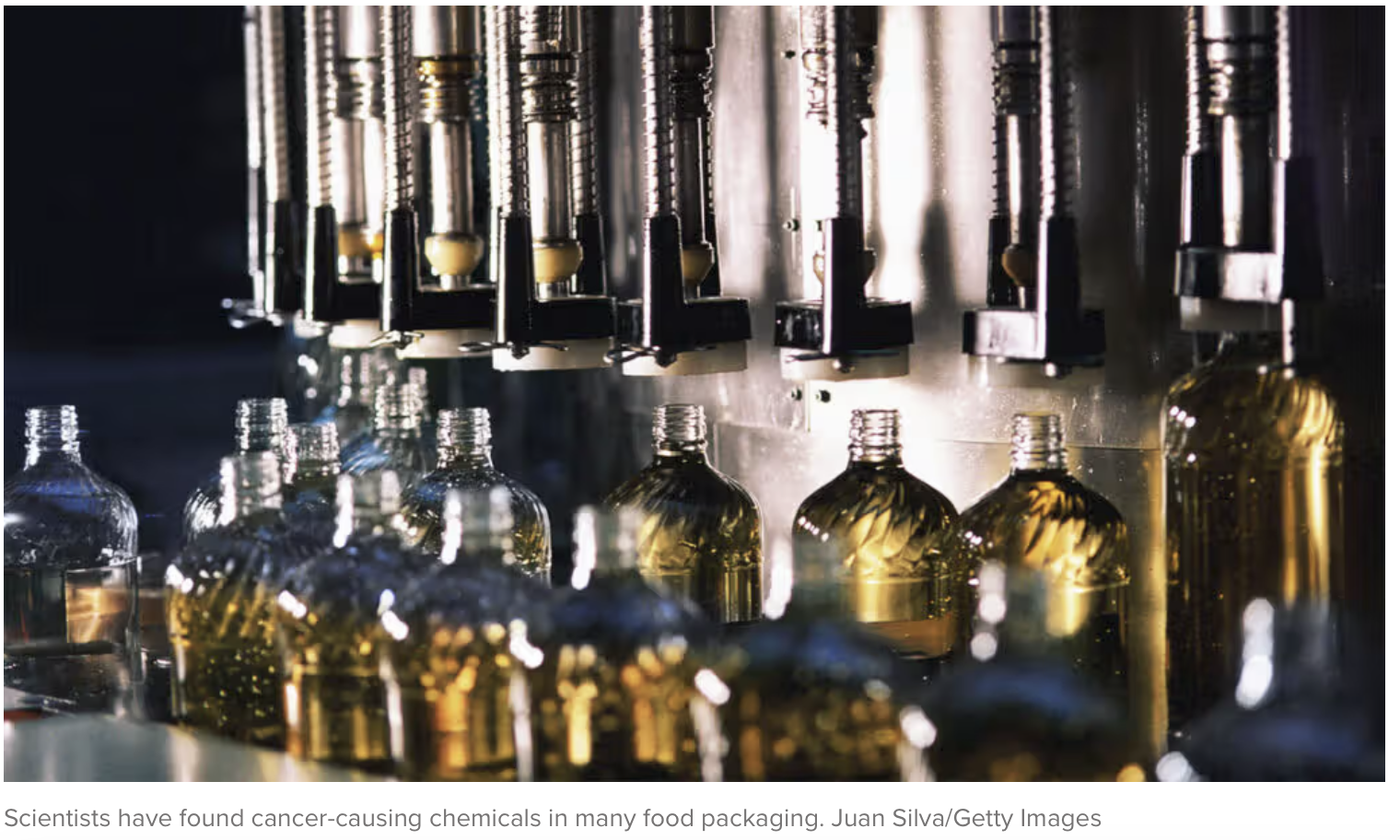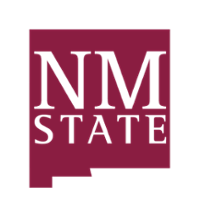Community Health Education Activities
The Cancer Outreach Core serves as a link between researchers and the community by engaging in community outreach, evidence-based education and infrastructure development to promote cancer prevention and early detection in underserved communities in New Mexico and the border region. Activities include:
- Education about the importance of cancer screening (colon, breast, and cervical)
- HPV vaccinations
- Cancer survivorship
- Healthy lifestyle behaviors
Often times, the inflatable colon or the table top colon is used as a visual tool in delivering colorectal cancer health education at community events. Graduate and undergraduate students in the Cancer Outreach Core engage in health education by creating and disseminating health education brochures. They also organize cancer awareness tabling events on the NMSU campus, such as Cervical Cancer Awareness for the month of September and Breast Cancer Awareness for the month of October. Other community health education activities include disseminating cancer prevention and screening information through social media, such as Facebook and Twitter. The Cancer Outreach Core partners with others in the community to strengthen outreach efforts and further address cancer health disparities.
Breast cancer-linked chemicals found in food packaging: Safety tips from experts
- Breast cancer, the most common type of cancer in women, affects around 13% of women at some time in their lives.
- In the United States, although deaths from breast cancer are falling, the incidence of the disease is increasing, particularly among younger women, and experts are unsure why.
- A new study could suggest one possible explanation — chemicals that transfer from packaging into our food.
- The study identified 189 chemicals in food packaging that are possible mammary carcinogens — substances that could increase the likelihood of breast cancer.
How might carcinogens get into food?
On its journey from source to table, food comes into contact with many materials, including processing equipment, packaging and cookware. The substances food comes into contact with are regulated in the United StatesTrusted Source, the European Union and elsewhere.
Different types of packaging contain different types and numbers of these potential carcinogens. Plastic has the most, with the study finding 143 of the chemicals in food packaging plastics; paper and card contained 89, and glass was the only material containing no substances likely to cause cancer.
Although not all of the chemicals can transfer from packaging to foods, the study found that 61 (80%) have been measured to transfer from plastics, 23 (30%) from unspecified materials, 21 (28%) migrated from paper and board, 8 (11%) from metals, and 6 (8%) from multi-materials.
Jagdish Khubchandani (picture below), professor of public health at New Mexico State University, who was also not involved in the study, expressed concern at the findings, telling MNT: ”The items analyzed in this study were from regions with reasonable regulations. Despite that, more than a hundred potential carcinogens were identified in food packaging. One can only imagine what happens across markets that are not well regulated and are considered to be a part of emerging economies or developing countries. ”
https://www.medicalnewstoday.com/articles/breast-cancer-linked-chemicals-food-packaging-safety-tips-experts#Is-this-a-cause-for-concern?
Find Cancer Resources in Spanish!
The National Comprehensive Cancer Network (NCCN) provides a multitude
of cancer-related resources thought its NCCN Guidelines for Patients.
With the guidelines, patients and others can get easy-to-understand information
about prevention, screening, diagnosis, treatment, and supportive care for
nearly every type of cancer.
Now these resources are available in Spanish!
American Cancer Society December 2025 Newsletter












